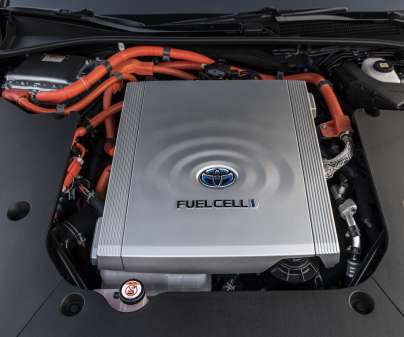Toyota introduces second-generation Mirai fuel cell electric vehicle as design and technology flagship
Green Car Congress
DECEMBER 17, 2020
In the Toyota Mirai, compressed hydrogen fuel is stored in three 10,000-psi carbon-fiber-reinforced high-pressure tanks: one mounted longitudinally in the center of the car; another mounted transversely under the rear seat, and a third below the battery. The three tanks together hold about 11 pounds (5 kg) of hydrogen.













Let's personalize your content